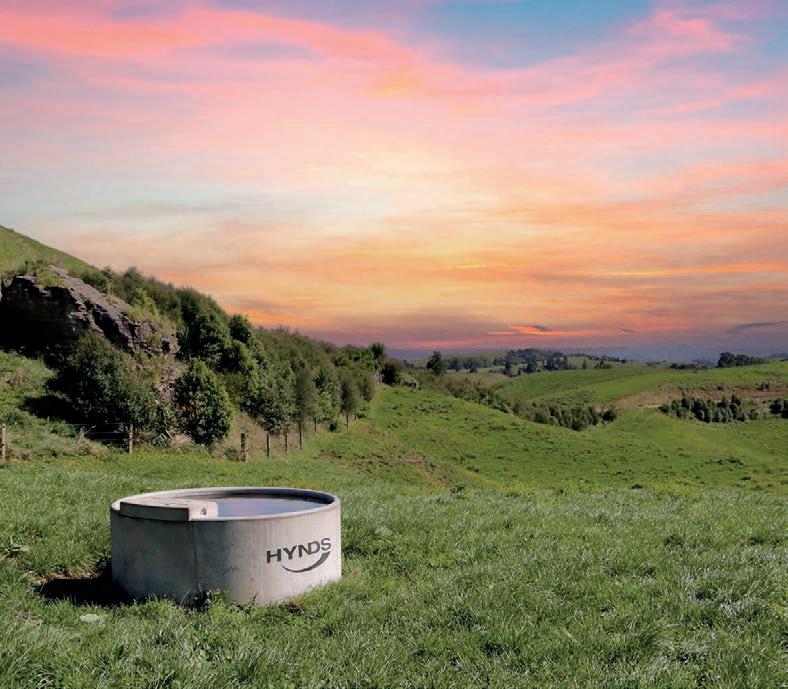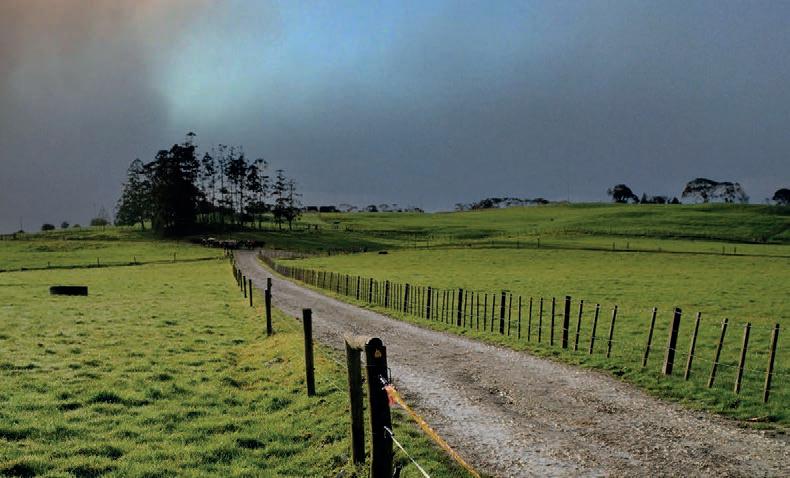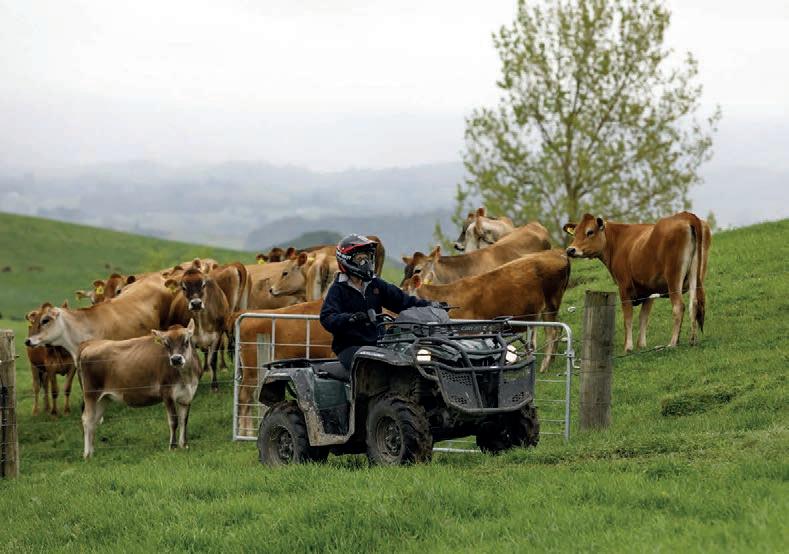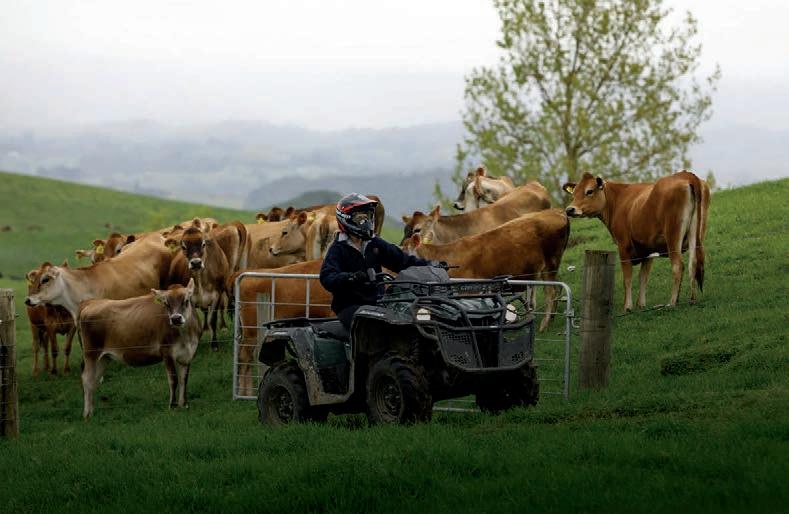
1 minute read
‘Our turn’ as kiwifruit growers eye grim season
the strains experienced by other industries during the pandemic have been felt by kiwifruit.
“Now it is our turn,” he said.
“UNREWARDING and problematic” are the terms NZ Kiwifruit Growers Incorporated CEO Colin Bond uses to describe the 2023 kiwifruit season, largely thanks to the low volume of fruit harvested this year.
Bond said the industry did relatively well during the covid-19 period because it was classed as an essential industry and allowed to operate. But in the past two years
He said problems for growers began with quality issues manifesting in late 2022, and bounced into 2023 – with poor pollination, wind flooding, hail and cyclones all working to reduce crop size. Original estimates of 160 million trays are now nearer 140 million and well back on last season’s 175 million.
At Mystery Creek Fieldays earlier this month, Zespri CEO Dan
Mathieson acknowledged growers had experienced two tough years but was optimistic this year would see better times, with estimates next year’s crop would at least equal the 2022 volumes. Meantime over half Green growers are likely to either only break even or even take a loss this year. Bond said growers are putting more pressure on Zespri to perform in markets to deliver the best possible returns from smaller crop volume.
“Despite Zespri reporting quality of our kiwifruit going to market is high and the forecast returns looking good so far, NZKGI [NZ Kiwifruit Growers Incorporated ] will continue to track the quality closely over coming months.
“The industry has worked collaboratively to reduce quality issues and it is even more critical this work pays off in a low yield year,” he said.
This week Seeka, the industry’s largest post-harvest processor, announced the full year to December 2023 is likely to see the company experience a net loss before tax of $20-$25 million, reflecting the lower fruit volumes.
The company packed 30 million trays of fruit, down from 42 million last year.
From one extreme to the other, next year is anticipated to be the largest harvest ever with a huge responsibility on the entire supply chain to perform to deliver.
“Planning is already underway across the industry. While we can’t control the weather, we must ensure we get our processes right to increase our chance of success and relieve growers from their financial burdens,” he said.































